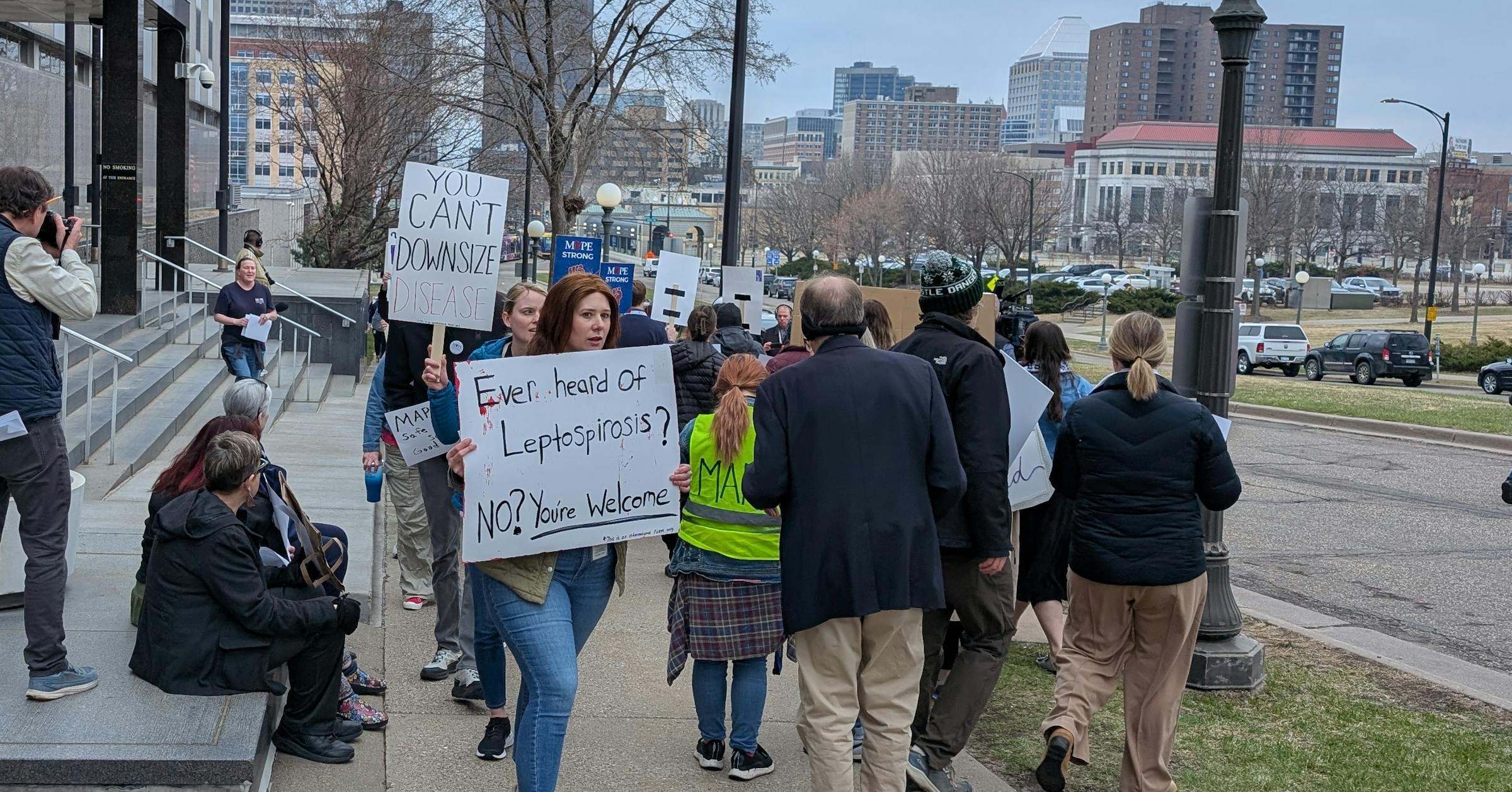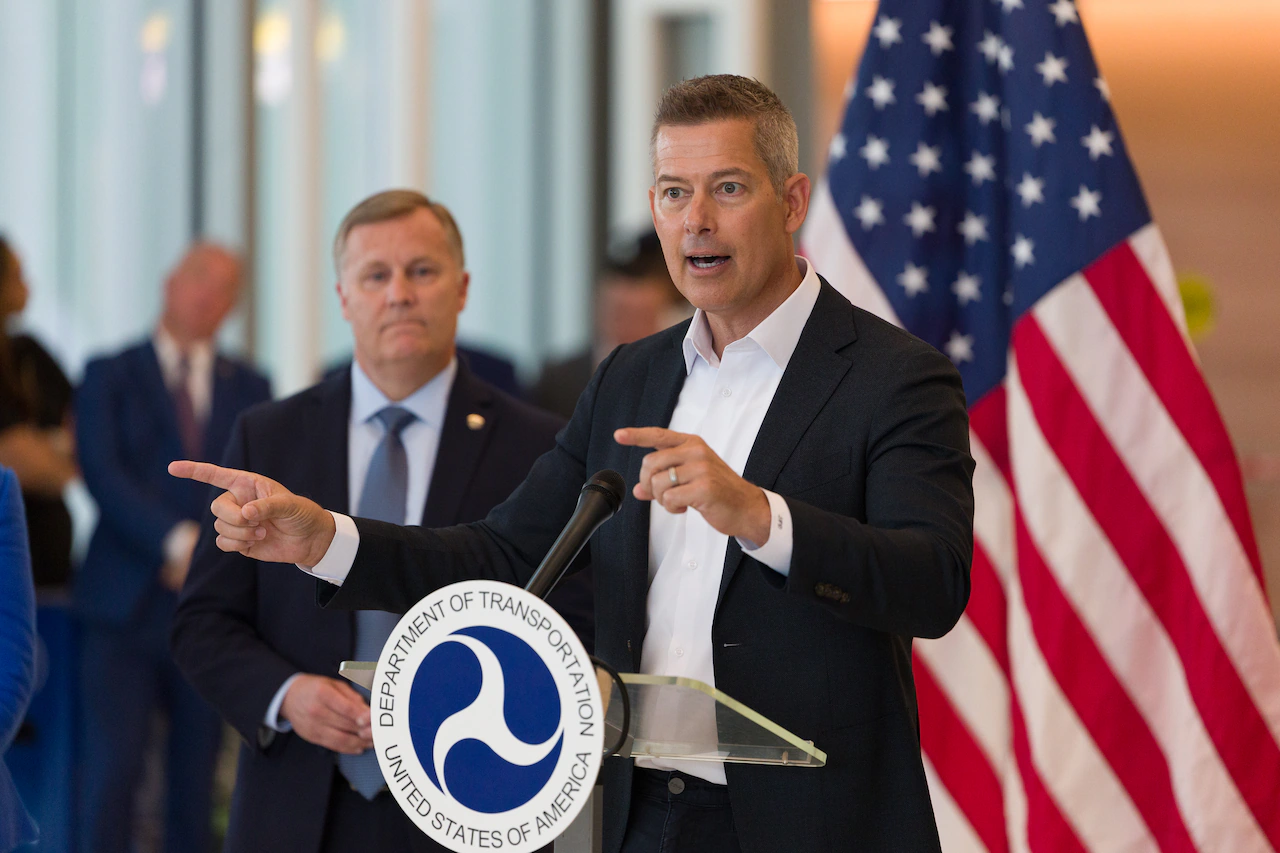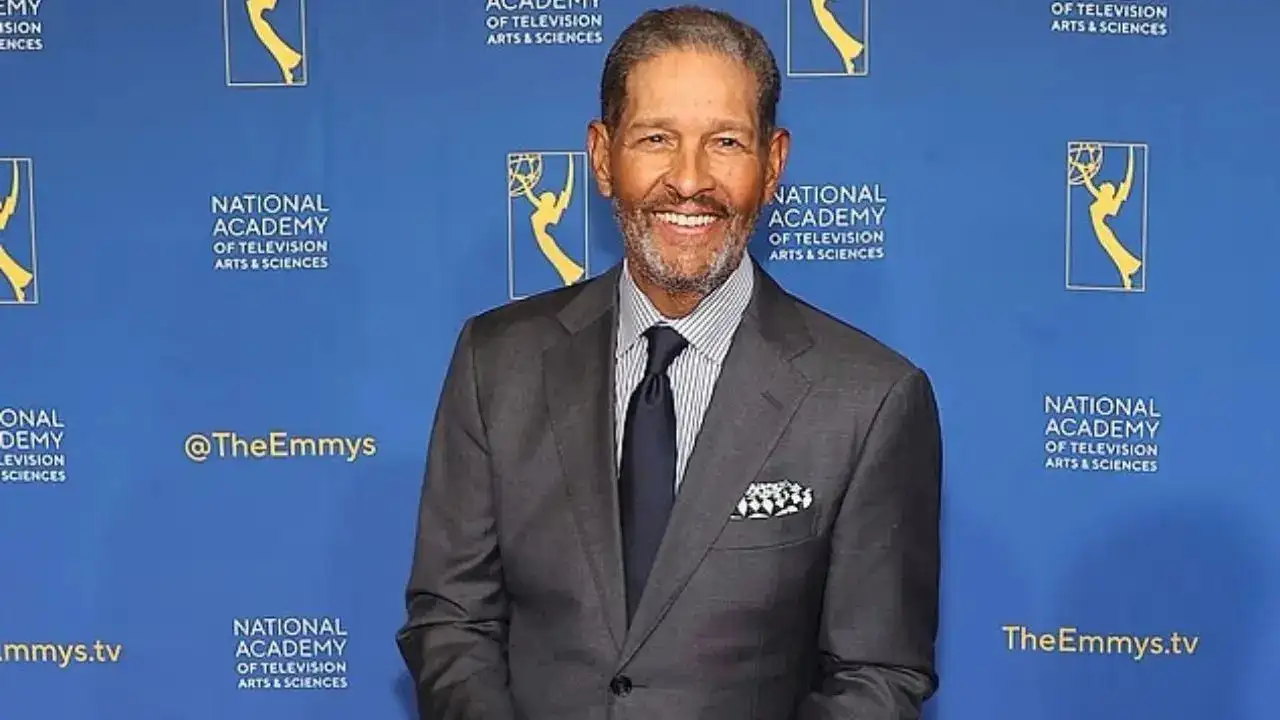Copyright Star Tribune

As many as 100 Minnesota employees could receive layoff notices on Thursday, because the shutdown of the U.S. government has cut off federal funding for state inspections of health care facilities and nutrition and breastfeeding support for new mothers and their infants. About a third of the workers are represented by the Minnesota Association of Professional Employees (MAPE), which confirmed the plan by the Minnesota Department of Health (MDH) to lay off workers on Dec. 2 unless the shutdown in Washington D.C. ends. “I think MDH has truly been creative and finding funding to keep people afloat,” said Lydia Fess, an epidemiologist and a MAPE representative for her co-workers in the health department. “But, you know, it’s only so long that you can do that.” The federal shutdown has lasted four weeks and shows little sign of resolving. Democrat lawmakers are in the minority in Congress, but are using the shutdown to try to force changes to a Republican-passed budget that eliminates tax credits that make individual health insurance plans less expensive. President Donald Trump’s administration in response has used traditionally nonpartisan government channels to heap pressure on those Democrats. Workers at risk for layoffs in the state health department this week include those in the regulation division, which ensures that hospitals, nursing homes and other facilities comply with licensing requirements and federal standards. The shutdown also cut off funding for workers who administer the Women, Infants and Children (WIC) program, which provides nutrition and breastfeeding support for low-income mothers and their newborns. The state’s health commissioner, Dr. Brooke Cunningham, warned workers in an email Monday that the department had reached a “critical point” at which it must plan for layoffs. The state could rescind the layoffs if the shutdown ends before Dec. 2, she added, but only if the resulting federal budget actions restore funding for WIC and health inspections. “It angers and frustrates me that we find ourselves here,” she wrote. “The uncertainty that has been heaped upon us by our partners in the federal government this year is disappointing, to say the least.” Fess said the relationship between the union and state has been more collegial than it was this spring, when MAPE led protests and accused the health department of being hasty in pursuing layoffs in response to sweeping cuts proposed by Trump. The state rescinded those layoffs after rearranging funding and joining in multistate lawsuits that blocked some of the federal cuts. Given that these job losses could be temporary, the union is seeking a letter of understanding from the state that would preserve health benefits and seniority status for the laid-off workers, Fess said. About 40 of the workers at risk for layoffs are represented by the Minnesota Nurses Association and are evaluators who inspect health care facilities to make sure they are meeting patient care standards. Minnesota earlier this fall was considering other layoffs in response to the shutdown of federally funded workers who evaluate disability claims, said Ashley Erickson, a MAPE spokesperson. The state would have been the first to cut these workers, she added, but ultimately decided against the move for now.



